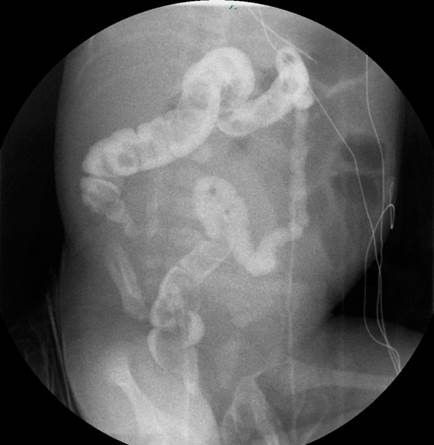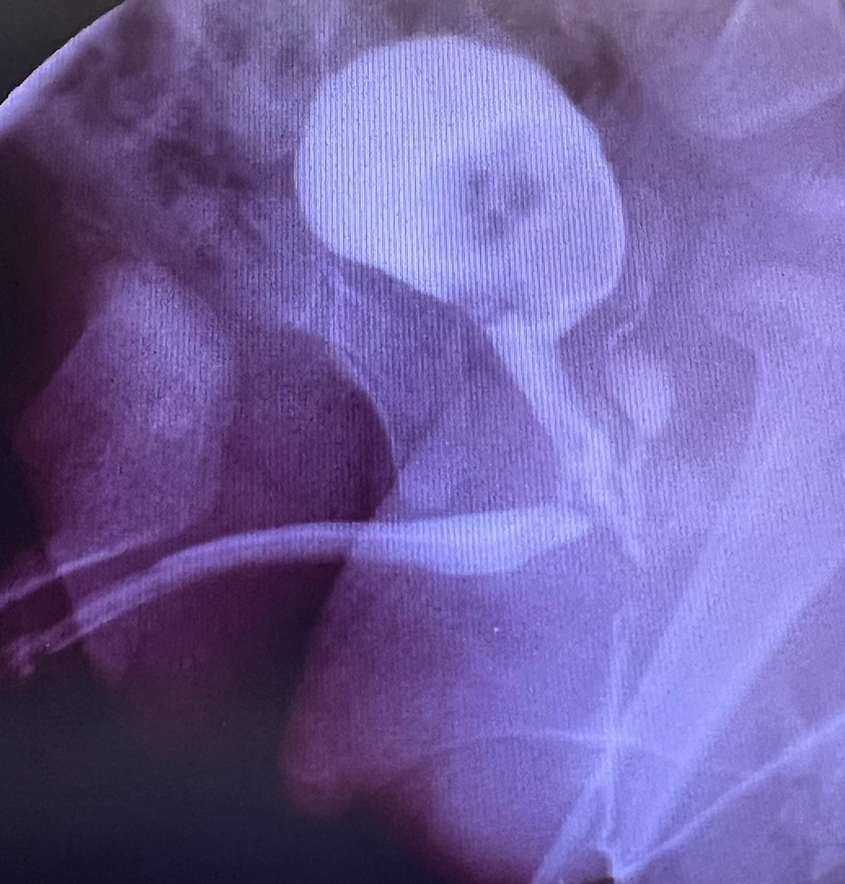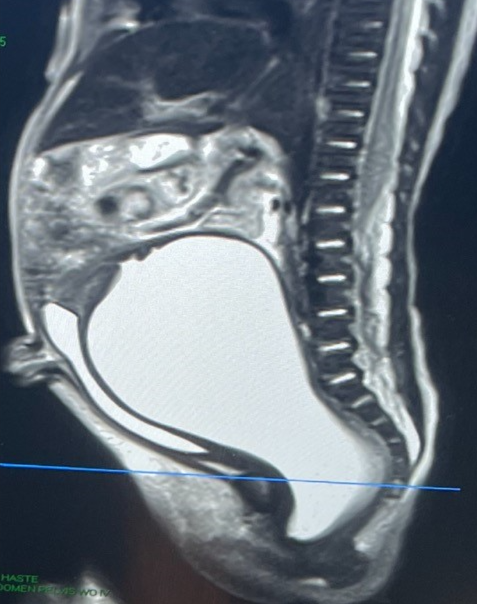Colorectal Quiz: March 6, 2023
Last week's question: An 8-month-old female presents with passage of stool via the vaginal opening – the introitus and the anus are otherwise normal. How do you confirm your suspicion of an H type rectovaginal fistula? Does the patient need a diversion? How would you repair it?
This is a very interesting case – more common for reasons we don’t understand in Asia, an H type rectovaginal fistula, with normal anus and normal vagina. The operation I have used for this is a transanal Swenson. There is a very nice video showing this technique at www.expertsinsurgery.com and also found on the StayCurrent app. The transanal dissection preserves the dentate line all around except for the spot where the fistula is, which is almost always in the midline. Once the rectum is mobilized full thickness the vaginal side can be closed, covered with an ischiorectal fat pad, and healthy rectum brought forward to cover the area of the fistula, and rectal mucosa in the small area is sutured to the anal skin. For the rest of the circumference, the rectal mucosa is sutured just above the dentate line like you would for a Hirschsprung case.
For this week:
A newborn has intestinal obstruction with impressive abdominal distension This contrast study is performed and is read as small left colon syndrome (mom is a diabetic). Irrigations are started and don’t really help decompress the baby, and it has been a week and no real improvement. Hirschsprung’s is suspected and a suction biopsy at 2 cm shows ganglion cells with hypertrophic nerves. What do you think could be going on? What would you do?

How would you handle this case?
New Paragraph




